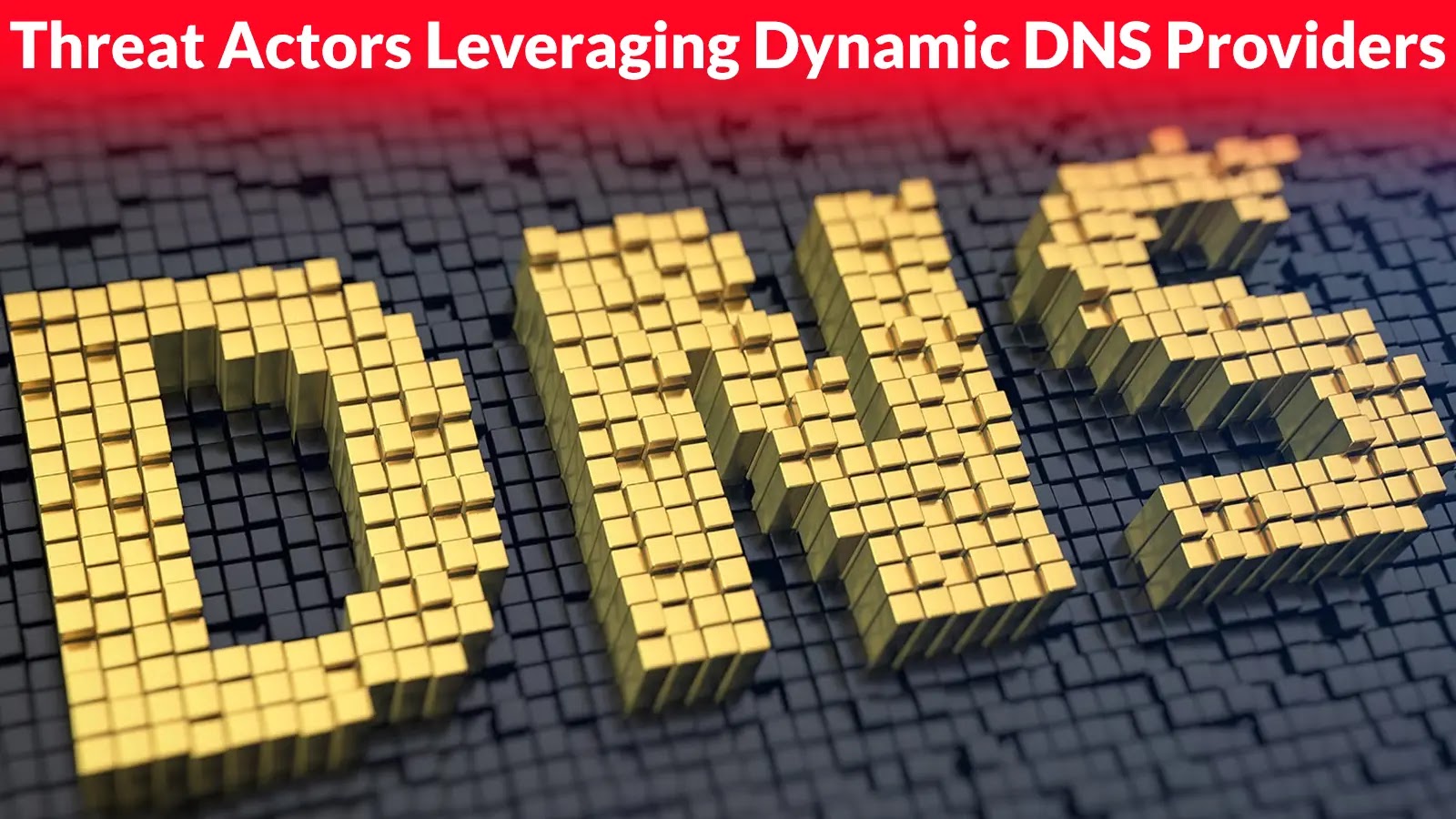
Threat Actors Leveraging Dynamic DNS Providers to Use for Malicious Purposes
The Silent Menace: How Threat Actors Weaponize Dynamic DNS
In the intricate landscape of cybersecurity, vigilance is paramount. A growing concern among security researchers involves the sophisticated tactics employed by malicious actors to establish resilient command and control (C2) infrastructure. Specifically, these adversaries are increasingly exploiting Dynamic DNS (DDNS) providers – services traditionally designed for legitimate hosting purposes – to craft highly evasive and persistent attack campaigns. This shift presents a significant challenge, allowing threat actors to bypass conventional security measures and operate under the radar.
Understanding Dynamic DNS and Its Malicious Exploitation
Dynamic DNS, or DDNS, simplifies internet accessibility for devices with frequently changing IP addresses. By associating a static hostname with a dynamic IP, it ensures that services remain reachable even if the underlying network connection fluctuates. For legitimate users, this means seamless access to home servers or security cameras. However, this very flexibility makes it an attractive target for threat actors. They covet DDNS for several critical reasons:
- Evasion of Detection: Constant IP changes make it difficult for security systems to blacklist known malicious IP addresses, allowing C2 servers to quickly relocate and maintain operational continuity.
- Cost-Effectiveness: Many DDNS services are free or low-cost, providing an affordable way for criminals to set up robust infrastructure without significant financial investment.
- Obscurity: Blending malicious traffic with legitimate DDNS usage makes it harder for security analysts to differentiate between benign and hostile network activity.
- Bypassing Regulatory Scrutiny: The decentralized nature and widespread use of these services make it challenging for law enforcement and regulatory bodies to shut down malicious operations swiftly.
According to reports from cybersecurity researchers, threat actors are leveraging these publicly rentable subdomain services to establish persistent C2 channels, facilitate data exfiltration, and host malware. This strategy is proving highly effective in circumventing traditional perimeter defenses.
The Impact of DDNS-Based C2 Infrastructure
The implications of this malicious shift are far-reaching. Organizations face enhanced challenges in detecting and responding to threats that leverage DDNS. The transient nature of the C2 infrastructure means:
- Increased Persistence: Malicious campaigns can endure longer as their C2 points are difficult to pinpoint and neutralize.
- Complex Attribution: Tracing the origin of an attack becomes significantly harder when the C2 infrastructure is constantly shifting and obscured.
- Enhanced Malware Delivery: DDNS can be used to host and deliver malware variants, ensuring that malicious payloads remain accessible even if a specific IP address is blocked.
- Data Exfiltration Challenges: Sensitive data can be exfiltrated through these dynamic channels, making it harder to monitor and prevent data breaches.
Remediation Actions and Mitigations
Combating the misuse of Dynamic DNS requires a multi-layered and proactive approach. Organizations must implement robust security practices to identify and neutralize threats leveraging this vector.
- Enhanced Network Monitoring: Implement deep packet inspection and behavioral analytics to detect anomalous traffic patterns associated with known malicious DDNS providers or suspicious domain resolutions. Pay close attention to outbound connections to unfamiliar or rarely used DDNS domains.
- DNS Security Solutions: Deploy advanced DNS security solutions that can identify and block known malicious DDNS domains. Many security vendors maintain threat intelligence feeds that include indicators of compromise (IoCs) related to DDNS abuse.
- Endpoint Detection and Response (EDR): Utilize EDR solutions to monitor endpoint activity for suspicious processes attempting to connect to dynamic DNS domains. These solutions can identify and quarantine malware that uses DDNS for C2.
- Firewall Policies: Implement strict egress filtering on firewalls to restrict outbound connections to only necessary and trusted domains. While challenging with DDNS, specific policy rules can be developed to flag connections to certain DDNS providers known for abuse.
- Web Proxy and Content Filtering: Configure web proxies and content filters to monitor and potentially block access to high-risk DDNS services.
- Threat Intelligence Integration: Continuously update threat intelligence feeds to include new IoCs associated with DDNS abuse. Share intelligence with industry peers to collectively combat this evolving threat.
- User Education: Educate employees about the risks of phishing and malware, which often serve as initial infection vectors that then leverage DDNS for C2.
Conclusion
The exploitation of Dynamic DNS providers by threat actors marks a strategic evolution in the cyber threat landscape. By leveraging these legitimate services, adversaries gain agility, resilience, and a degree of anonymity that traditional methods often lack. Security professionals must recognize this shift and adapt their defenses accordingly. Implementing comprehensive network monitoring, advanced DNS security, and robust endpoint protection are no longer optional but essential safeguards against this pervasive and evolving threat. Stay proactive, stay informed, and secure your digital perimeter against the silent menace of DDNS misuse.





